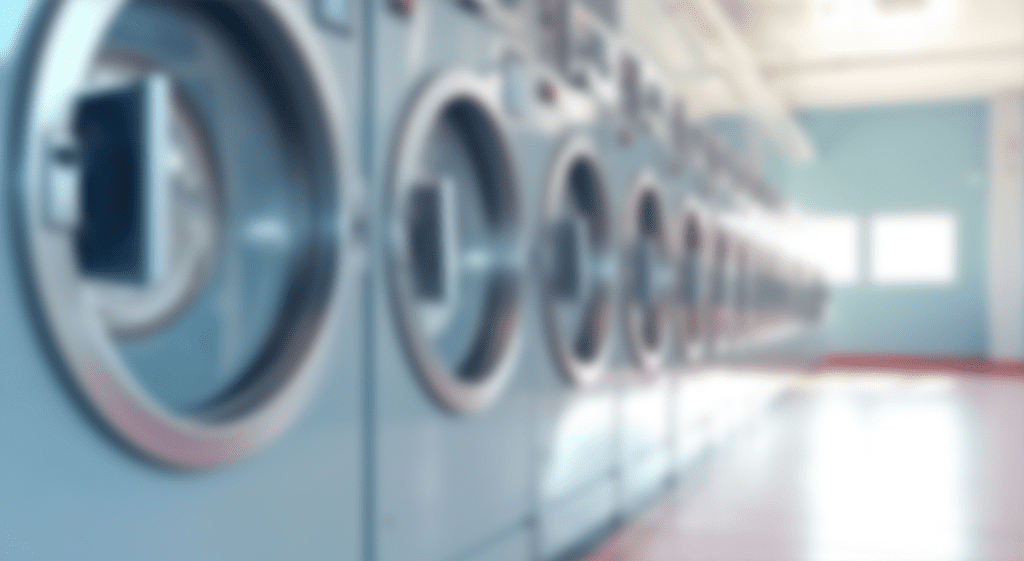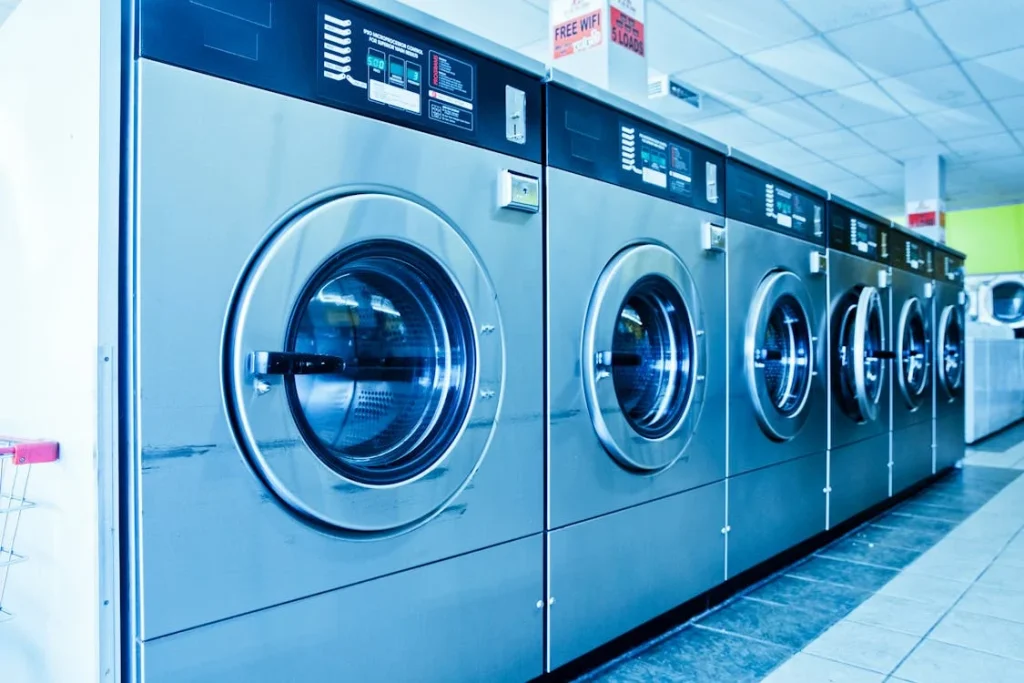If you’re in the industrial laundry business or run a large commercial laundry operation, you’ve likely heard of wash extractors. These heavy-duty machines are essential in streamlining laundry processes, saving time, and improving efficiency. But what exactly are they, and why should you care? In this ultimate guide to Wash Extractors, we’ll explore everything you need to know about wash extractors, from how they work to choosing the right one for your needs. Be sure to check out our industrial laundry solutions for more insights.
Table of Contents
- 1. What is a Wash Extractor?
- 2. Key Features of Wash Extractors
- 3. Benefits of Using Wash Extractors
- 4. How Wash Extractors Work
- 5. Types of Wash Extractors
- 6. Choosing the Right Wash Extractor
- 7. Maintenance and Care for Wash Extractors
- 8. Conclusion
- 9. FAQs

1. What is a Wash Extractor?
A wash extractor is a type of washing machine used primarily in commercial and industrial laundry settings. Unlike standard domestic washers, they combine both washing and extraction (spinning) in a single unit. These machines are designed to handle large loads of laundry, offering higher capacity, faster speeds, and more energy-efficient operations. The key difference between a wash extractor and traditional washers is their ability to extract water during the spin cycle, reducing drying time and energy consumption.
2. Key Features of Wash Extractors
When considering a wash extractor for your business, it’s essential to understand the features that set these machines apart. Let’s break down some of the most important ones:
2.1. Capacity and Size
One of the most critical features of a wash extractor is its capacity. These machines can handle a significant amount of laundry, ranging from small commercial units to massive industrial models. The right size depends on the volume of laundry your operation handles daily. Larger machines can process more items, but they come with a higher upfront cost.
2.2. Speed and Efficiency
Wash extractors are engineered to wash and spin laundry faster than conventional machines. The extraction phase is designed to remove as much water as possible, reducing the drying time. This efficiency can lower your overall energy consumption and help maintain high throughput in your laundry facility.
2.3. Technology Integration
Modern wash extractors are equipped with advanced technology, including programmable controls, sensors, and automated systems. These features help optimize water and detergent usage, ensuring consistent wash quality while reducing costs. Some units also offer remote monitoring and diagnostics, making maintenance easier.
3. Benefits of Using Wash Extractors
Why should your business invest in a wash extractor? Here are a few key benefits:
3.1. Cost Savings and Efficiency
Wash extractors reduce both water and energy usage. The high-speed spinning action removes more water from the laundry, meaning clothes spend less time in the dryer. This translates to lower utility bills and a more eco-friendly operation.
3.2. Improved Laundry Results
Since these machines are specifically designed for larger loads, they provide more consistent results. The agitation and extraction phases ensure that items come out cleaner, with less water and detergent residue, leading to improved fabric care.
3.3. Durability and Longevity
Wash extractors are built to last, with commercial-grade components that stand up to the wear and tear of continuous use. With proper maintenance, these machines can offer years of reliable service.
4. How Wash Extractors Work
At their core, wash extractors combine washing, rinsing, and spinning into a single machine. But how exactly do they work?
4.1. The Washing Cycle Process
The washing cycle is similar to traditional washers, where water and detergent mix to clean the laundry. However, wash extractors are optimized for higher efficiency, using less water and detergent while still achieving the same cleaning results.
4.2. Extraction and Spinning Mechanics
After the wash cycle, the extraction phase begins. This is where the machine’s high-speed spinning action comes in. The rapid spinning forces the water out of the fabrics, which helps reduce drying time. This step is crucial for large-scale laundry operations, as it speeds up the entire process.
5. Types of Wash Extractors
There are different types of wash extractors, each suited for specific needs. Let’s explore the most common ones:
5.1. Industrial vs Commercial Wash Extractors
Industrial wash extractors are designed for high-volume operations, like hospitals, hotels, or large laundromats. These machines can handle extremely heavy loads and operate at higher speeds. On the other hand, commercial models are ideal for smaller businesses with moderate laundry demands.
5.2. Front-Loading vs Top-Loading Models
Front-loading models are more efficient when it comes to water and energy usage, and they provide better cleaning results. However, top-loading units are easier to load and unload, making them a good option for businesses that don’t require the highest level of efficiency.
6. Choosing the Right Wash Extractor
When selecting a wash extractor for your facility, several factors need to be considered. Here are a few things to think about:
6.1. Factors to Consider
- Capacity – How much laundry does your operation process daily? Choose a machine with the appropriate capacity to meet your needs.
- Energy Efficiency – Look for models with energy-saving features to reduce operational costs.
- Speed and Performance – Speed matters! Choose a model that can deliver the performance you need without compromising efficiency.
6.2. Industry-Specific Needs
Different industries have different laundry requirements. For example, healthcare facilities need machines that can handle heavily soiled laundry, while hotels focus on managing linens and towels at a high volume. Be sure to select a machine that fits the unique demands of your industry.
7. Maintenance and Care for Wash Extractors
To keep your wash extractor running efficiently, regular maintenance is a must.
7.1. Regular Cleaning and Inspection
Make sure to clean the machine’s drum, hoses, and filters regularly. This will not only improve performance but also extend the lifespan of the machine. Inspect parts like seals, belts, and bearings to ensure they’re in good working order.
7.2. Troubleshooting Common Issues
Common issues include water drainage problems, excessive vibration, or malfunctioning control panels. Most of these problems can be resolved with simple troubleshooting steps, like cleaning the drain filter or adjusting the load balance.
8. Conclusion
In conclusion, wash extractors are indispensable in the industrial laundry world, offering significant improvements in efficiency, cost savings, and overall laundry results. If you’re looking to invest in a wash extractor for your business, you’ll want to choose the right model for your needs.
Need expert advice on selecting the perfect wash extractor for your laundry operation? Visit us at Spin Washing Industrial Laundry Solutions or contact us for personalized recommendations and support.
9. FAQs
What is the difference between a wash extractor and a traditional washing machine?
A wash extractor combines both washing and spinning (extraction) in one unit, offering better efficiency and faster drying times.
How do I maintain a wash extractor?
Regular cleaning, inspecting components like belts and seals, and addressing any mechanical issues promptly can extend the life of your machine.
Can wash extractors handle large loads?
Yes! Wash extractors are designed to handle high-capacity loads, making them perfect for commercial and industrial laundry businesses.
How much energy does a wash extractor save?
These machines are designed to be more energy-efficient than traditional washers, with high-speed spinning that reduces drying time.
Are wash extractors suitable for all industries?
Yes, wash extractors are adaptable to various industries, including hospitality, healthcare, and laundromats, with different models tailored to each industry’s needs.
Here are some other articles that we think might interest you:
Environmental Impact of Industrial Laundry


